Words and images by Chinwe Edeani
“The past is never dead. It’s not even past.” – William Faulkner
How do visual representations of the past, or lack thereof, affect our perception of history? To what extent is our experience and understanding of the present shaped by a more intimate knowledge of past events? I have been pondering these questions since my trip to Alabama a few months ago. It was a group trip with fellow grad students led by one of our professors, an expert in the history of American Christianity and the Black Church. Over three full days in Tuskegee, Montgomery, Birmingham, and Selma, we immersed ourselves in some of the stories that shaped American history.
Tuskegee. Montgomery. Birmingham. Selma.
Before I ever set foot in Alabama, these places were etched in my consciousness with mythic associations. They represented long-ago events, important events, to be sure, but somewhat detached from reality, existing in that distant imaginative sphere of the history books. So, it was surreal to visit these places that I’d only ever read about or seen dramatized in countless documentaries and films. The places and the events associated with them became real in a way I still can’t quite explain. The incredible museums and historical sites we visited helped me towards a deeper kind of knowing, transforming these places and events from detached, historical fiction to grounded reality. These institutions’ work of preservation, curation, and contextualization is essential. During our trip, I was repeatedly struck by the importance of material history.
At the Tuskegee Airmen National Historic Site, we heard the stories of the first Black airmen who trained in Tuskegee and subsequently fought in World War II. Large-scale recreations of their planes are housed in a couple of original hangars. The site houses an impressive collection of preserved uniforms, equipment, photographs, and oral histories, all of which animate the history of the place.





In Montgomery, we visited the Freedom Rides Museum, located in a former Greyhound bus station where, in 1961, the interracial group of bus riders was assaulted for testing the federal laws that prohibited discrimination in interstate travel. The museum has done an excellent job of preservation and contextualization. The original Blacks-Only entrance is now encased in glass, and framed blueprints show the layout of the once-segregated “separate-and-unequal” waiting areas. It is an extraordinary and jarring experience to move around freely in a space where once many were assaulted for advocating for your right to move around freely.
It is an inspired exhibition because it successfully conveys how ordinary all these inspiring people were and how recent this history is.
No photography is allowed inside the museum, which is just as well because it needs people to visit to support its work. A significant part of the museum’s exhibition is the mugshots of the bus riders, each a record of an individual (many of who were just teenagers) who chose to put their bodies on the line. Several mugshots are placed alongside photographs of the same people decades later. It is an inspired exhibition because it successfully conveys how ordinary all these inspiring people were and how recent this history is. The power of photography!


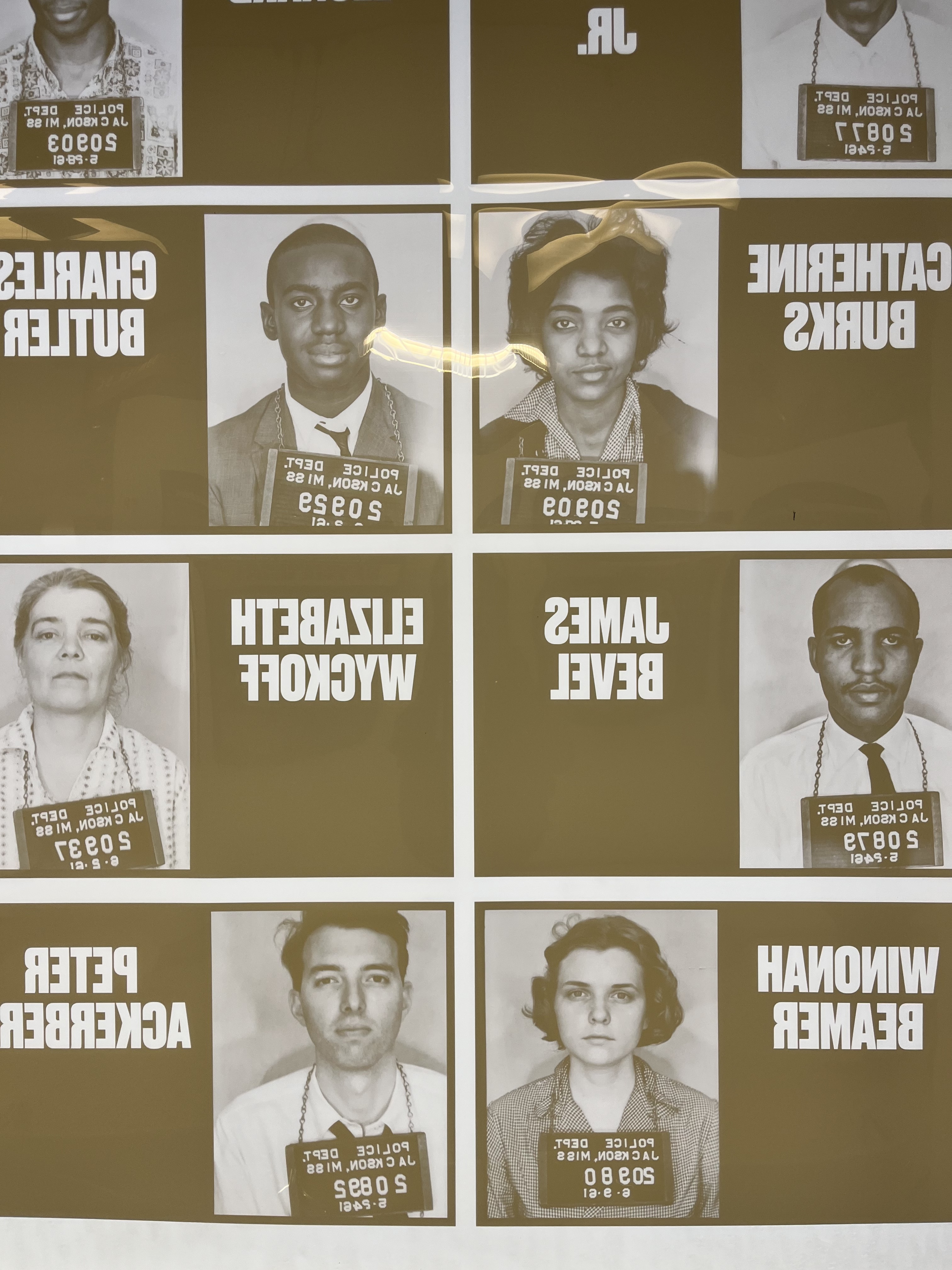

The Rosa Parks Museum, also in Montgomery, uses documentary footage, photographs, newspaper clippings, and incredible reenactments to tell the story of this incredible woman and the events pertinent to her story. Although she is repeatedly memorialized, she is also humanized in the retelling. Here lies the challenge for retellers of the past: how to tell stories of courage and heroism without inadvertently casting historical figures as superhuman.


The Birmingham Civil Rights Institute is too vast to describe. Suffice it to say that I was struck again by the importance of tangible history, of making the past present to appreciate its immediacy and relevancy. The Institute sits on one side of Kelly Ingram Park, the site of several sculptures commemorating the civil rights movement.

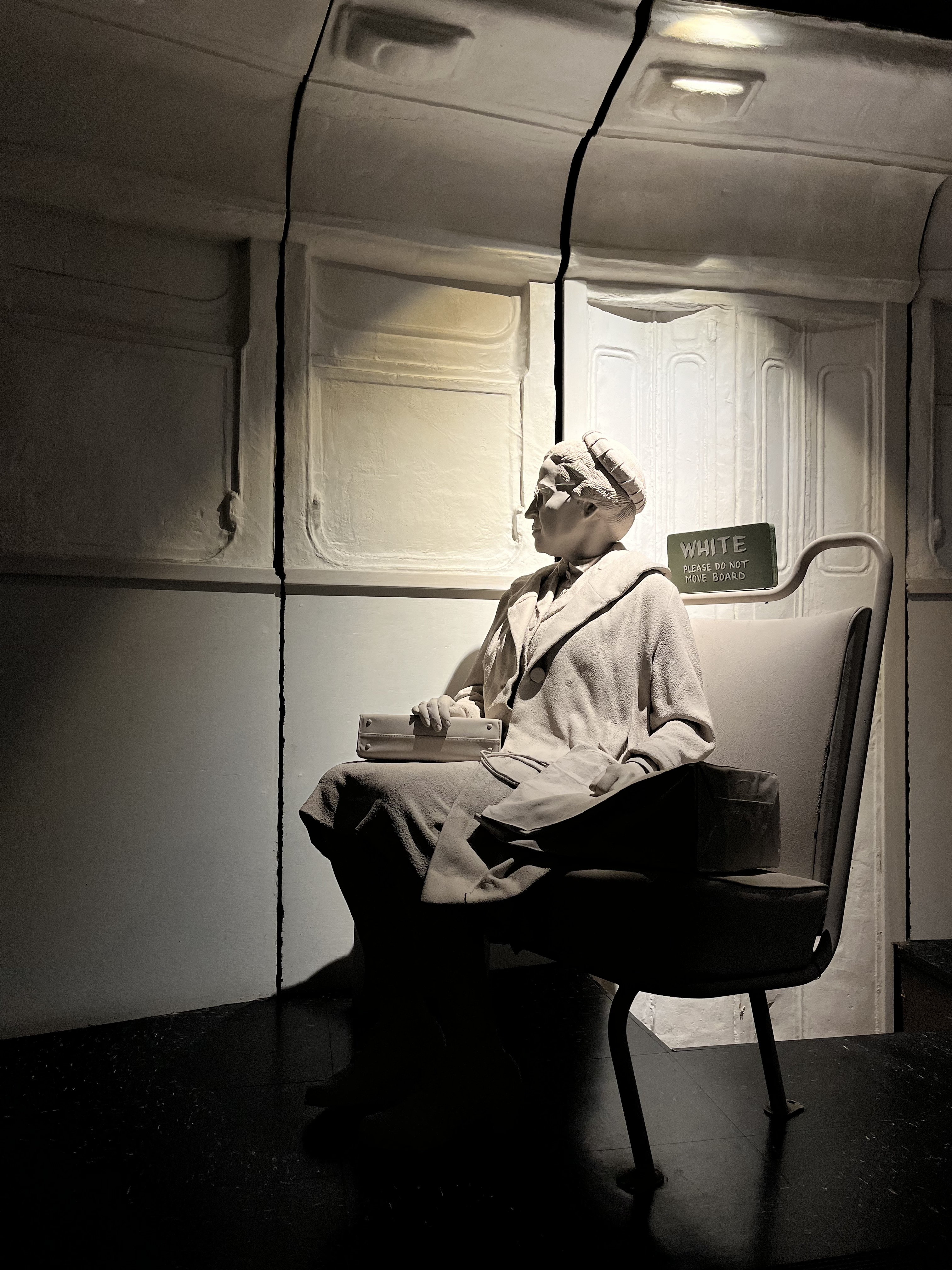
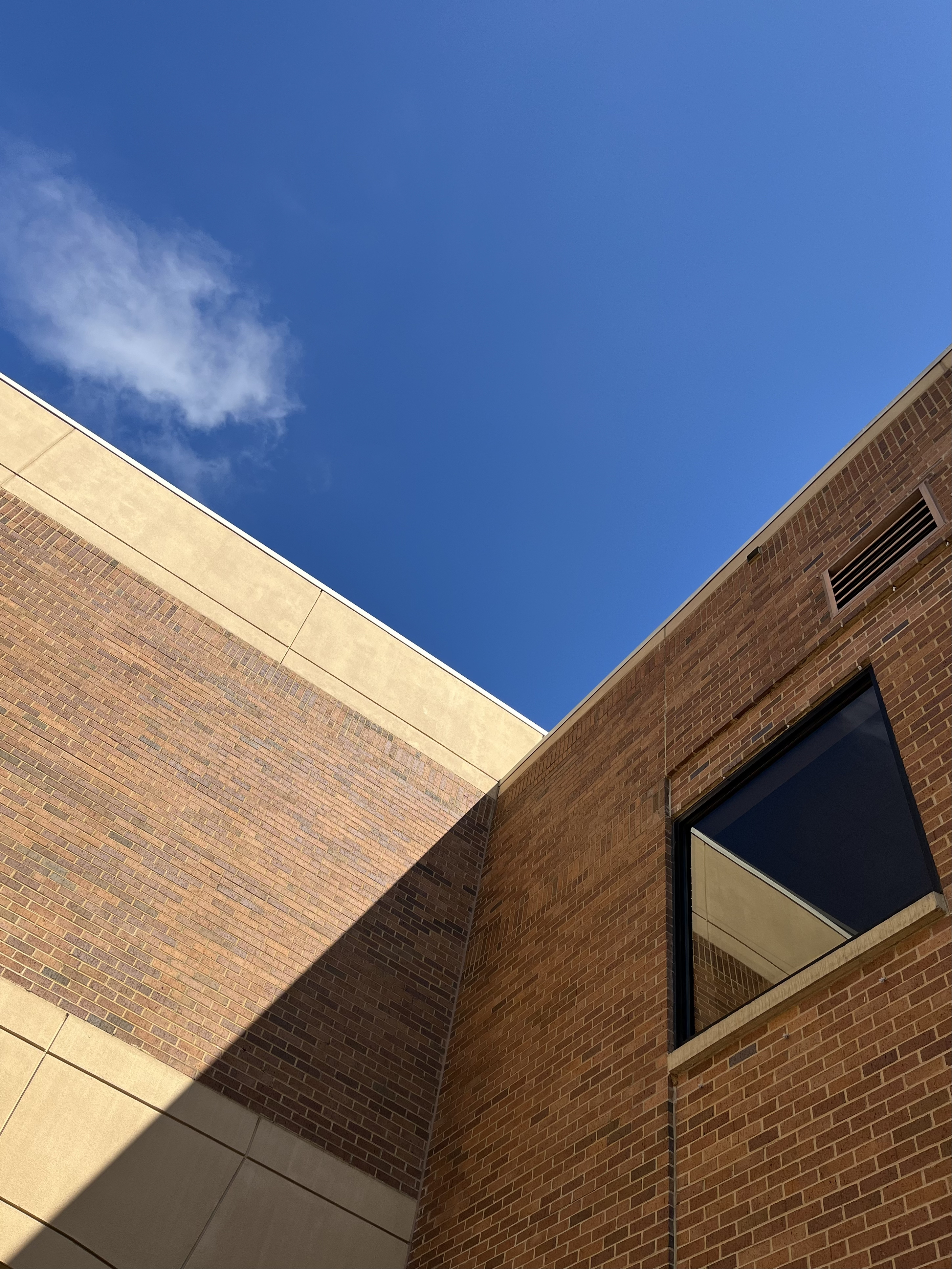


The 16th Street Baptist Church sits across the street from the Civil Rights Museum. The church is home to a vibrant worshiping community that continues to steward its history, particularly the horrific terrorist bombing in 1963 that took the lives of four Black girls. On the day we visited, the late afternoon light streaming through the stained glass windows set the place aglow. As my eyes took in the lush beauty of the sanctuary, my brain struggled to make sense of the violence that had once ripped through bodies and building. Although the church building bears the scars of hatred, it is also a monument to hope and courage.



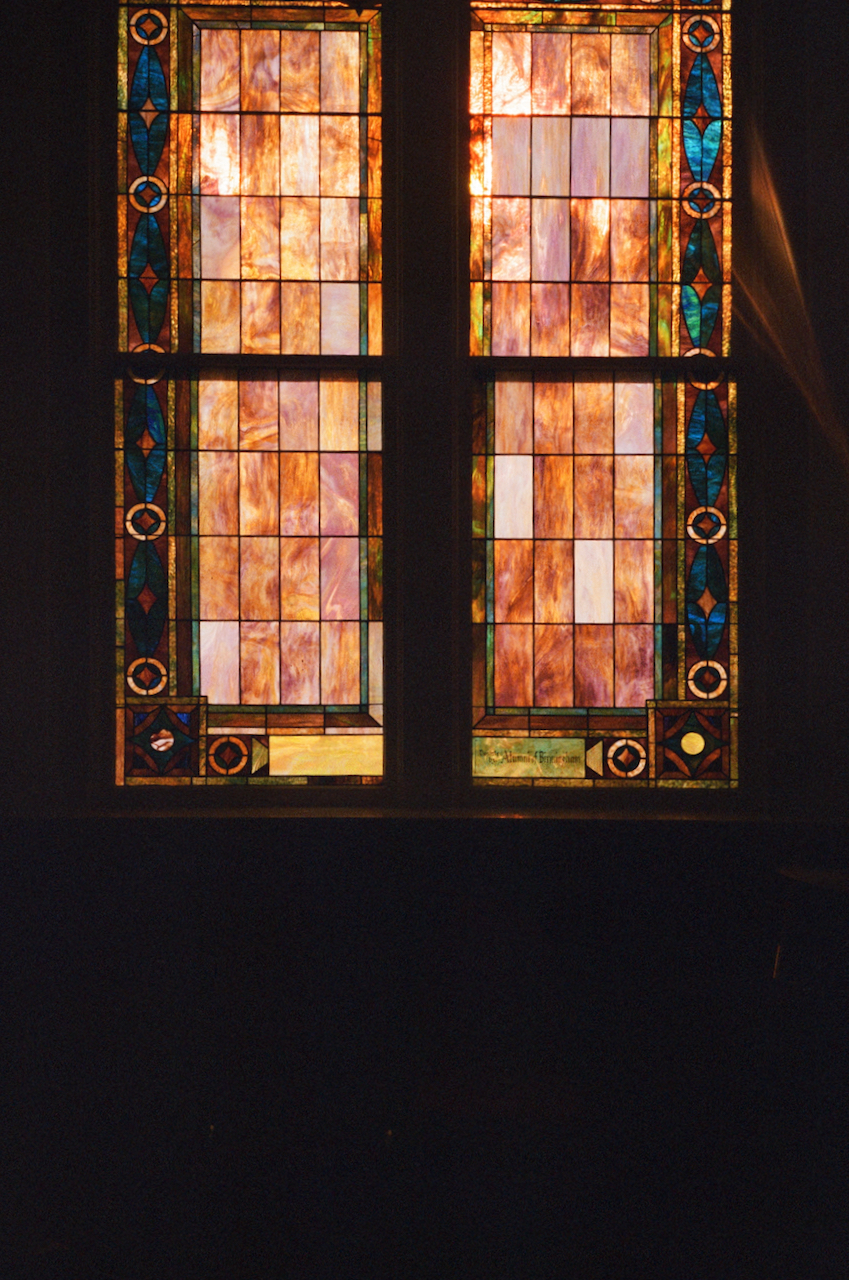
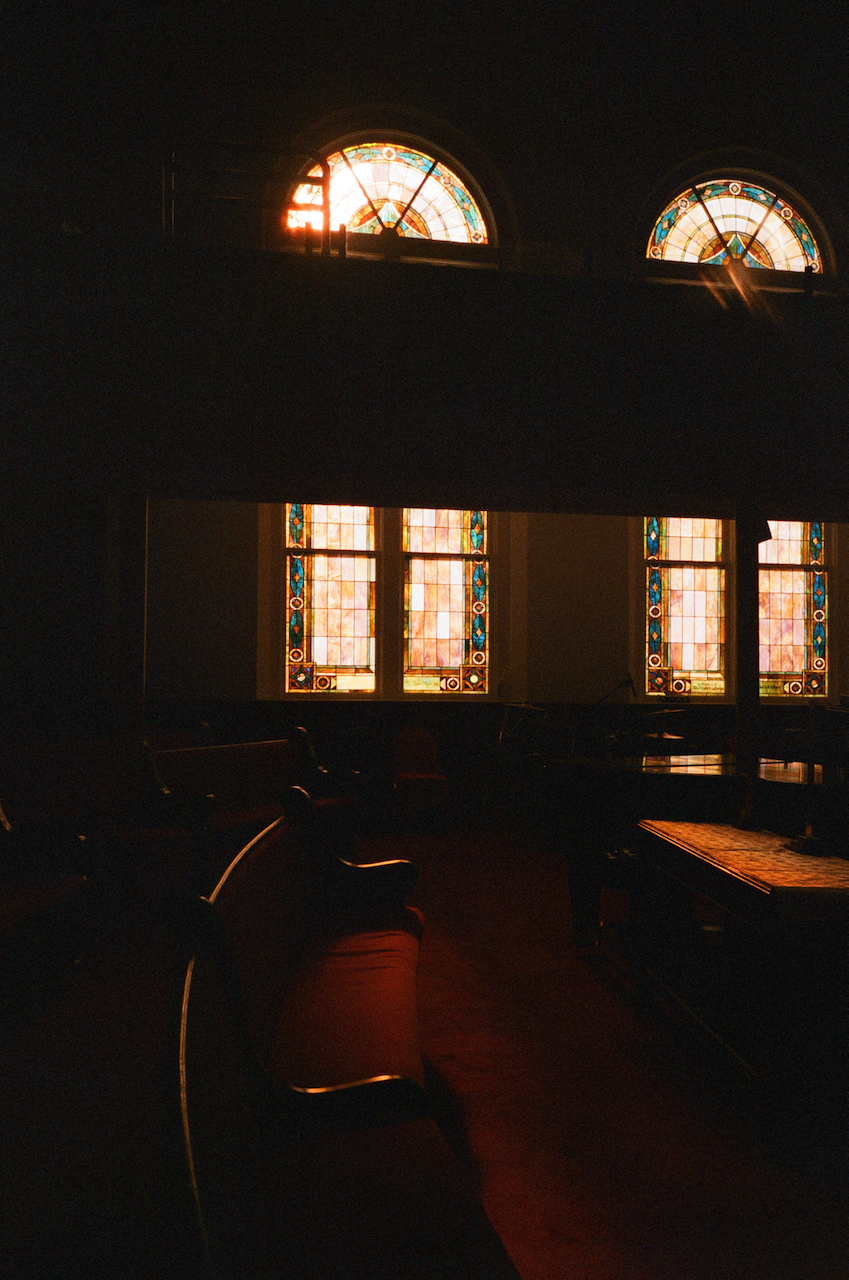
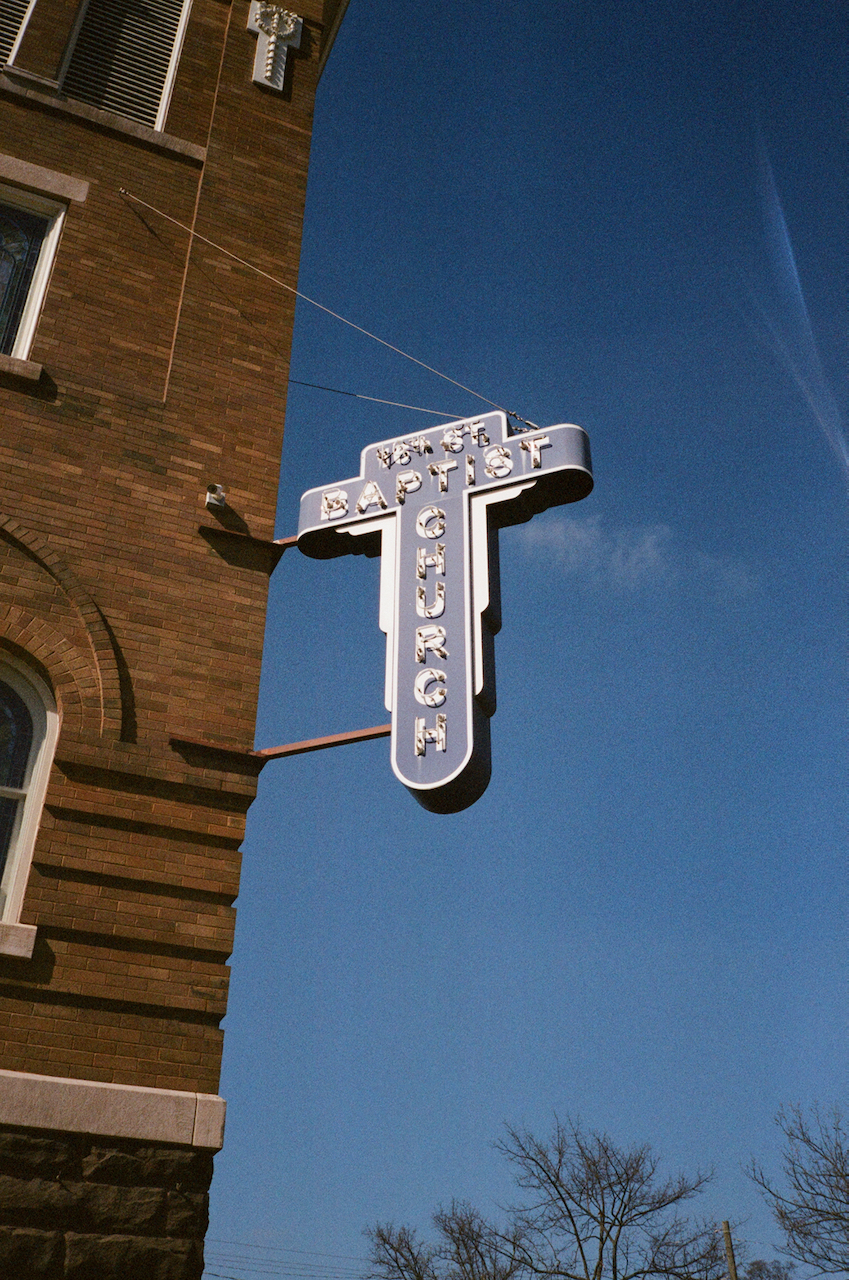
Our trip culminated in a walk across the Edmund Pettus Bridge in Selma, along with hundreds of people who came to mark 59 years since the events of “Bloody Sunday.” People carried signs similar to those in some historical footage we had seen. It was a moving experience to be carried along in a crowd of people on a beautiful day, where once blood was shed in the struggle for equality. Although we were marking a day of violence, it was a festive atmosphere. Feet marching in tandem with those from the past, bodies present as witnesses to what once was, and hearts hopeful for what can be.
Feet marching in tandem with those from the past, bodies present as witnesses to what once was, and hearts hopeful for what can be.

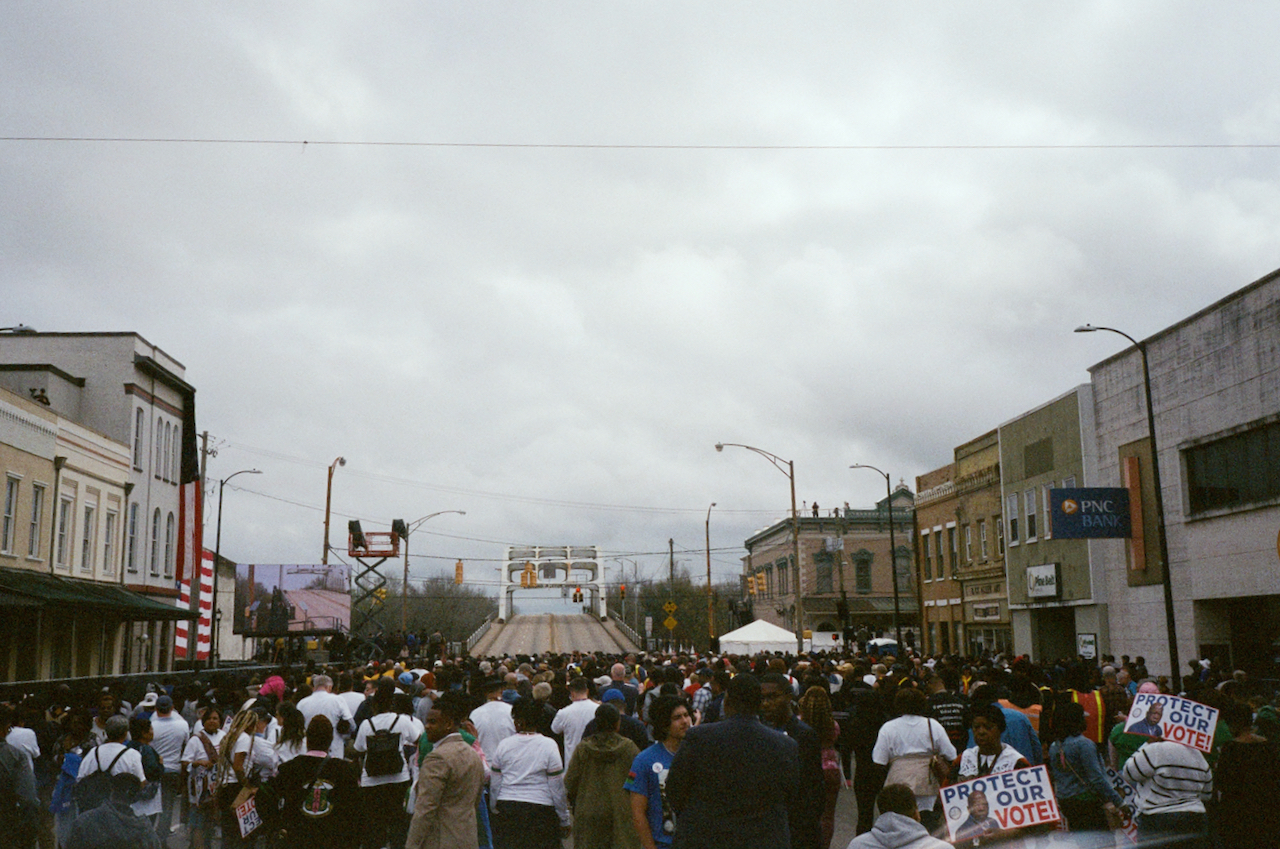





A common question for all of us, which I imagine is always relevant regardless of time and place, was, “What are the necessary ingredients for a robust hope?”
Several of us on the trip grew up outside the US, in Russia, Zimbabwe, Japan, Sri Lanka, and, in my case, Nigeria. Remarkably, or perhaps not so remarkably, we all found points of connection and commonalities with the stories we encountered. A common question for all of us, which I imagine is always relevant regardless of time and place, was, “What are the necessary ingredients for a robust hope?” Stated differently, “What makes someone or a group of people act out of rigorous hope when despair or revenge might seem like the easier option?” From all our different contexts, we were able to find our stories reflected in this specific period of American history.
I am grateful for the museums, markers, and monuments, all making the not-so-distant past present and bringing the people and their stories to life. They reminded me again of the importance of documentation, of keeping a material record of our lives. They reminded me of the importance of stories, of telling and retelling the stories of the past, warts and all. May we have the courage to be attentive to the past, to ask the question: How then shall we live?

A version of this post was originally published at Viewfinders: Picturing the Past.
Chinwe Edeani is a photographer based in Durham, NC where she is completing a Masters in theology. Her photographs reflect the thoughtful, deliberative practice of awareness and explore the transcendent beauty in everyday life. She is a regular contributor to Viewfinders, a photography blog,
See more of her work at her website (photosbychinwe.com) and on Instagram (photosbychinwe).
Categories: featured, memoir, Photo Essay, photography



